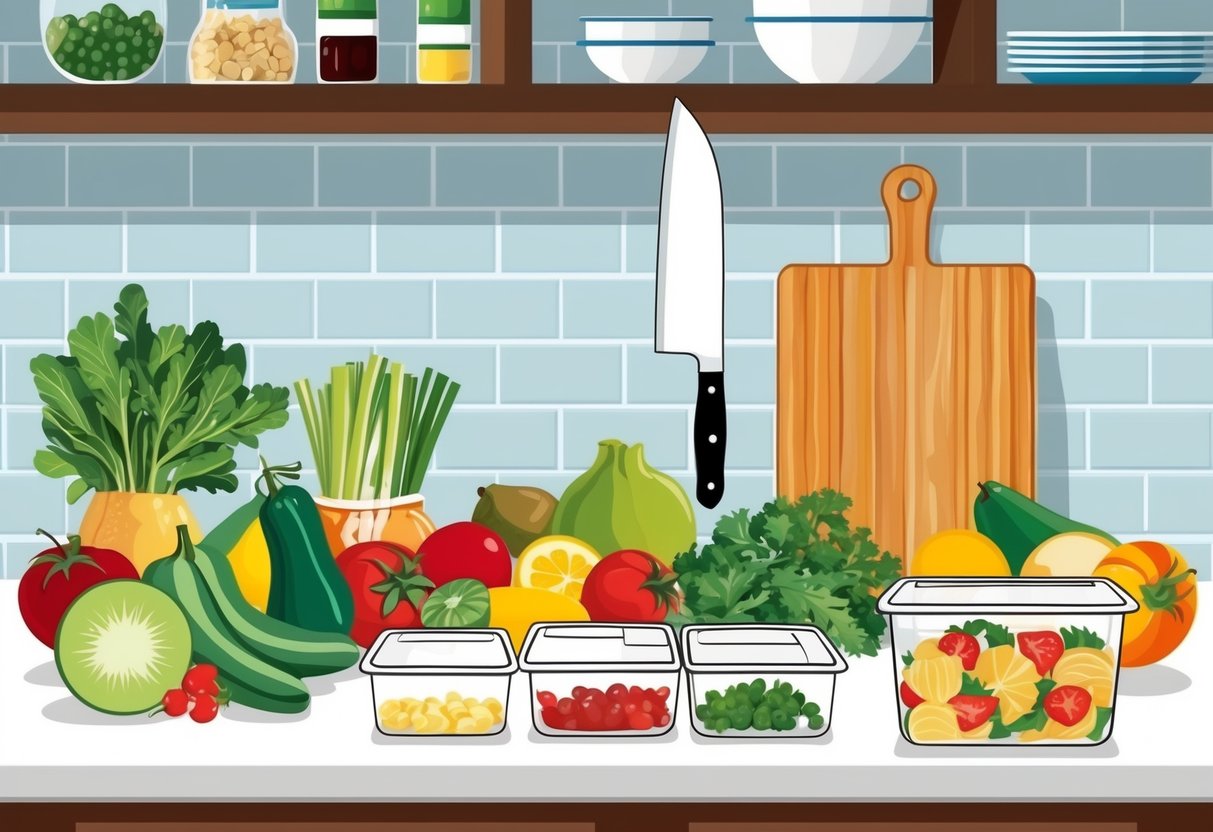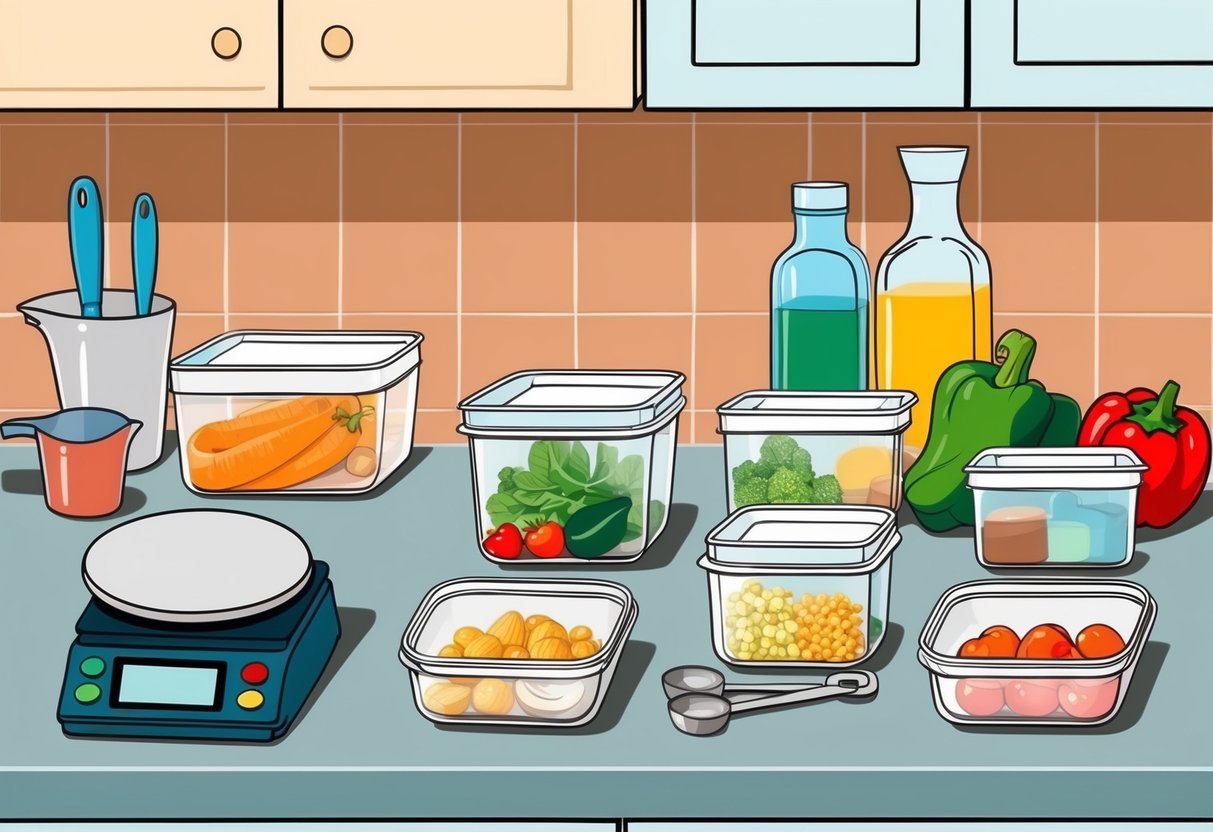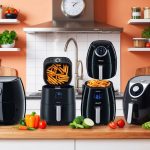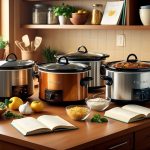
For anyone looking to shed pounds without sacrificing flavor, meal prep is one of the most effective strategies. Simple and healthy meal prep ideas for weight loss help individuals stay on track by making balanced portions and nutritious options easily accessible throughout the week.
With the right recipes and practical portion tips, it becomes much easier to control calories and achieve steady progress toward weight goals.
A successful meal prep routine uses a mix of lean proteins, vegetables, and whole grains to support well-rounded nutrition. Many people find that dedicating a little time upfront to plan and prepare meals makes it easier to avoid processed foods and unhealthy takeout.
When healthy meals are ready to go, it’s much less tempting to reach for high-calorie snacks or oversized portions. Exploring a variety of easy meal prep ideas ensures that eating for weight loss never feels boring or repetitive.
By incorporating tips like portioning meals into containers and using filling ingredients like vegetables or grains, anyone can enjoy delicious and satisfying dishes while staying within their nutrition goals.
Meal Prep for Weight Loss: Fundamentals
Effective meal prep can make sticking to a weight loss plan more manageable. Focusing on balanced meals, proper portion sizes, and smart food choices plays a central role in meeting nutritional needs and controlling calories.
Why Meal Prep Supports Weight Loss
Meal prep allows individuals to plan and portion meals in advance, leading to fewer impulsive food choices and better calorie management. By preparing meals ahead of time, it becomes easier to avoid processed foods, sugary snacks, and takeout, which tend to be higher in empty calories and fat.
Using meal prep, people can vary their ingredients each week. This approach keeps meals interesting while introducing a range of vitamins, minerals, and other nutrients that support overall health and sustained weight loss.
Studies suggest that consistent meal prepping is linked to improved diet quality and a higher likelihood of healthy eating over time. Organizing meals in advance also helps minimize food waste and saves time, making it easier to maintain a well-balanced diet during busy workdays or travel.
Those following structured plans like a 1,200-calorie meal prep program often report steady weight loss and fewer temptations throughout the week.
How Portion Control Aids Your Goals
Portion control is crucial when aiming for weight loss, as it directly influences total calorie intake. Even healthy meals can provide excess energy if the portions are too large.
Accurate portioning helps maintain a consistent calorie deficit, which is necessary for weight loss. Key portion control strategies include:
- Using smaller plates or containers
- Measuring ingredients and cooked portions with a food scale
- Following pre-determined single-serving recipes
Some choose to use visual cues or guides, such as the plate method: half vegetables, one-quarter lean protein, and one-quarter whole grains. These techniques make it easier to manage portions without calorie counting.
Sticking to planned portions helps avoid mindless snacking and overeating. Portion-controlled meal prep also ensures you receive the right mix of macronutrients—protein, carbohydrates, and fats—tailored to meet specific nutritional needs for weight loss.
Choosing Nutrient-Dense Foods
Selecting nutrient-dense foods is vital to maximize nutrition while minimizing excess calories. Nutrient-dense options deliver high levels of vitamins, minerals, and fiber without an abundance of fat, sugar, or refined grains.
Examples of nutrient-dense foods ideal for meal prep include:
- Leafy greens (spinach, kale)
- Cruciferous vegetables (broccoli, cabbage)
- Lean proteins (chicken breast, tofu, lentils)
- Whole grains (quinoa, brown rice)
- Low-sugar fruits (berries, apples)
Building meals around these ingredients helps promote fullness and stabilize blood sugar, important factors for sustainable weight loss and healthy meal prep. Including a variety of colorful produce and whole grains also enhances meal flavor and appearance.
Balancing nutrient-dense food choices with proper portion sizes is the foundation of a diet that supports both health and long-term weight management.
Essential Meal Prep Equipment and Storage

Making meal prep efficient and consistent relies heavily on having the right tools and organized storage solutions. High-quality containers and a well-arranged kitchen make it easier to portion meals, prevent food waste, and keep leftovers fresh.
Best Meal Prep Containers
Choosing the correct meal prep containers sets the foundation for successful meal planning. Durable materials like glass and stainless steel are recommended for their non-reactive properties, ability to retain flavors, and resistance to stains.
These containers are designed to last longer and are usually safer for both reheating and freezing food. Containers should include features like:
- Secure, leak-proof lids
- Dividers for separating food components
- Stackability for efficient fridge space
Glass containers are especially valued for being fridge, freezer, microwave, and oven safe. Stainless steel is light and resists staining but is not microwave-friendly.
While plastic containers are available, it’s important to check for BPA-free labeling if using them for reheating. Having containers in multiple shapes and sizes is advised.
Larger options are ideal for batch cooking or storing big portions, while compact containers suit snacks or salad dressings. These considerations make it easier to manage portion control and streamline weekly meal prep.
For more organizational tips, see additional advice from meal prep experts.
Organizing Your Fridge and Pantry
An organized fridge and pantry can make meal prepping faster and prevent food spoilage. Arrange containers with prepared meals at eye level for easy access.
Labeling with the meal name and preparation date helps identify leftovers and avoid confusion. Use the following strategy:
- Place older meals or leftovers toward the front so they’re used first
- Assign specific shelves for different categories (breakfast, lunch, dinner, snacks)
- Store ingredients in clear containers to quickly check when restocking is needed
Group similar foods together in the pantry—grains on one shelf, canned goods on another—to shorten meal assembly time. Baskets or bins offer extra organization for small items like seasoning packets.
These habits can help maintain freshness and keep meal prep ingredients ready to use, supporting weight loss goals and simplifying your weekly cooking routine.



